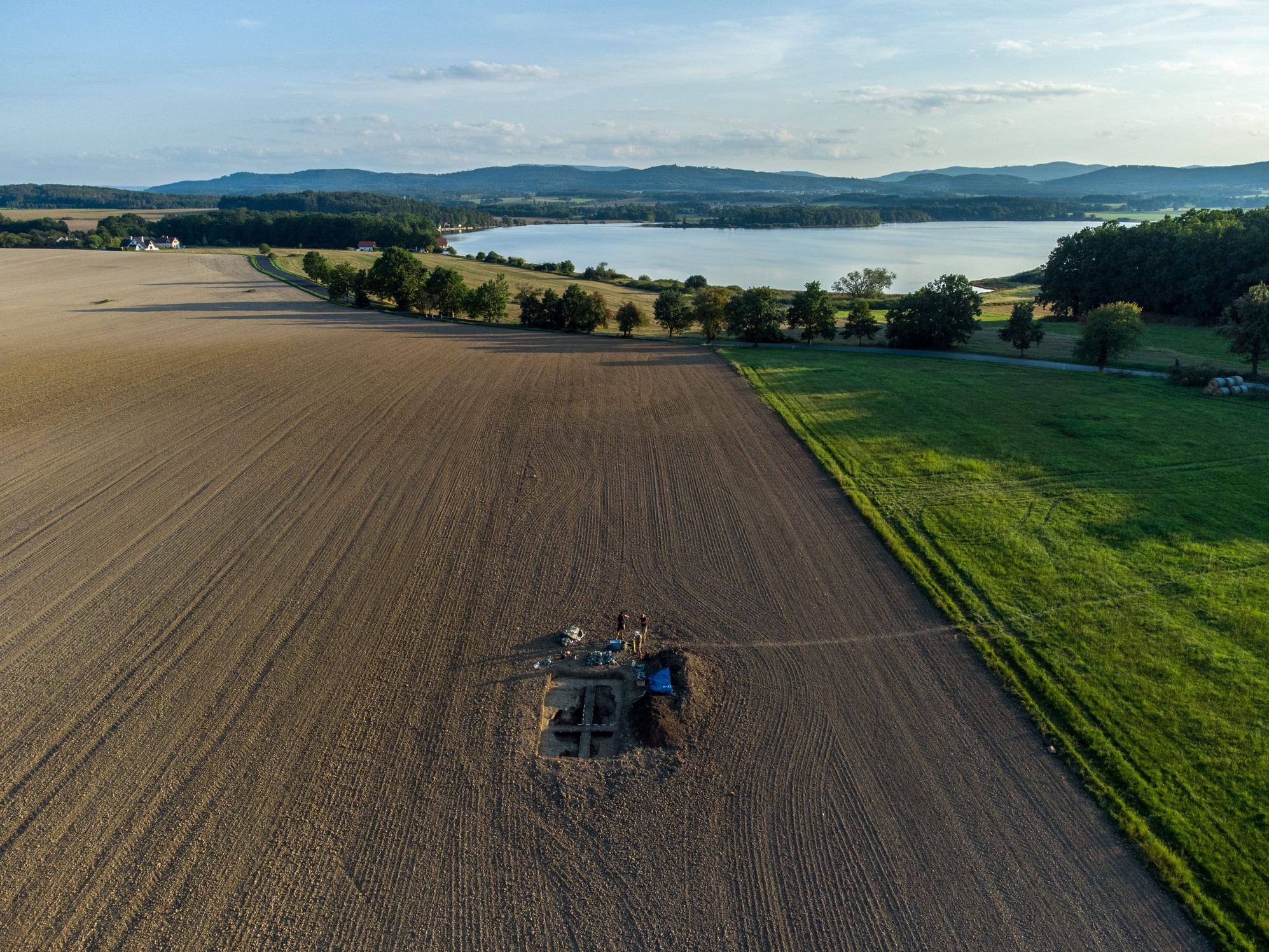The results of multidisciplinary research in the Neolithic in South Bohemia have been published in prestigious journals

Prestige journals Antiquity and Radiocarbon published two new papers related to the project founded by the Czech Science Foundation and co-operated by the Institute of Archaeology of the CAS Prague and the Laboratory of Archaeobotany and Palaeoecology of the Faculty of Science, University of South Bohemia. The project studied the earliest farmers' occupation in South Bohemia in the Neolithic period (5400-4500 BC) and included both classical archaeological excavations and the application of scientific methods. It has revealed South Bohemia as a special kind of inner periphery within Central Europe. Radiocarbon dating proved that Neolithic communities settled in this region significantly later than the others and shared the area with the indigenous hunter-gatherers for a long time. A study published in the journal Radiocarbon focused in detail on their agricultural practices. Compared to the rest of Central Europe, archaeobotanical assemblages from South Bohemia show a greater diversity of cultivated cereals, which can be understood as an adaptation to locally less favourable conditions. The research has yielded some of the earliest radiocarbon-dated evidence of barley and so-called new-type wheat cultivation in Central Europe.
Contact: Mgr. Michaela Ptáková, Ph.D. (





